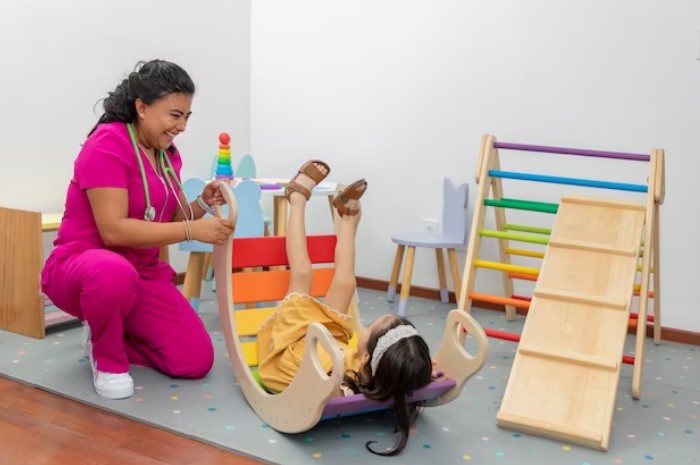Building a strong foundation for Child wellbeing tools is crucial for promoting healthy development and lifelong success. Effective tools and strategies can help parents, caregivers, and educators support children’s physical, mental, emotional, and social wellbeing. In this article, we will explore some effective tools for promoting child wellbeing and building a strong foundation for children’s future.
Positive Relationships
Positive relationships with parents, caregivers, and other important adults can help children feel loved, supported, and secure. Here are some strategies for promoting positive relationships:
Practice Active Listening
Practice active listening by giving children your full attention when they speak. This can help build trust and strengthen relationships.
Show Affection
Show affection through physical touch, such as hugs, kisses, and cuddles. This can help children feel loved and secure.
Spend Quality Time
Spend quality time with children by engaging in activities they enjoy. This can help build strong bonds and promote positive relationships.
Safe and Nurturing Environment
A safe and nurturing environment can help children feel secure and thrive. Here are some strategies for creating a safe and nurturing environment:
Provide Consistency and Structure
Provide consistency and structure by establishing routines and boundaries. This can help children feel safe and secure.
Create a Positive Atmosphere
Create a positive atmosphere by using positive language and reinforcing good behavior. This can help promote a sense of wellbeing and self-esteem.
Ensure Safety
Ensure safety by childproofing the home and teaching children about safety rules. This can help prevent accidents and promote a sense of security.

Healthy Habits
Healthy habits can promote physical and mental wellbeing in children. Here are some strategies for promoting healthy habits:
Encourage Physical Activity
Encourage physical activity by engaging in active play and providing opportunities for exercise. This can help promote physical fitness and overall health.
Provide Nutritious Food
Provide nutritious food by offering a variety of healthy options and modeling healthy eating habits. This can help promote physical health and overall wellbeing.
Prioritize Sleep
Prioritize sleep by establishing a consistent bedtime routine and ensuring children get enough sleep for their age. This can help promote physical and mental health.
Emotion Regulation
Emotion regulation involves the ability to understand and manage one’s own emotions. Here are some strategies for promoting emotion regulation:
Teach Coping Strategies
Teach coping strategies such as deep breathing, mindfulness, and positive self-talk. These strategies can help children manage stress and regulate their emotions.
Foster Emotional Expression
Foster emotional expression by encouraging children to talk about their feelings and providing a safe space to express themselves. This can help children develop emotional intelligence and regulate their emotions.
Model Emotion Regulation
Model emotion regulation by managing your own emotions in a healthy way. This can help children learn how to regulate their own emotions.
Conclusion
In conclusion, building a strong foundation for Child wellbeing tools involves promoting positive relationships, creating a safe and nurturing environment, promoting healthy habits, and fostering emotion regulation. Practicing active listening, showing affection, spending quality time, providing consistency and structure, creating a positive atmosphere, ensuring safety, encouraging physical activity, providing nutritious food, prioritizing sleep, teaching coping strategies, fostering emotional expression, and modeling emotion regulation are all effective tools for promoting child wellbeing. As parents, caregivers, and educators, it’s important to prioritize and support children’s wellbeing to help them thrive and succeed in life.












